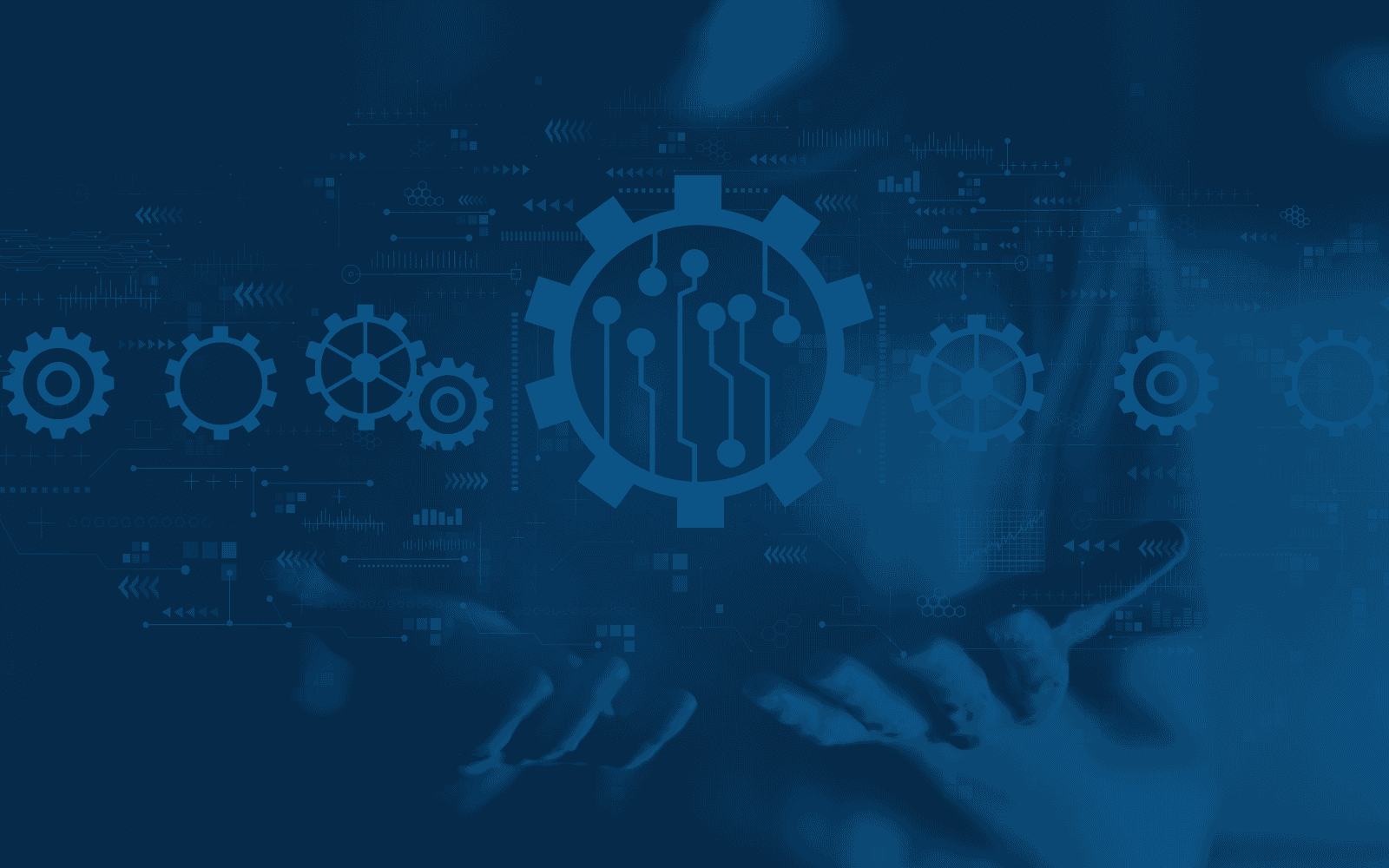The Speed Trap
We see this all the time. An organisation wants to speed up approvals, automate reporting, implement AI or digitise customer onboarding. The instinct is to reach for tools: low-code platforms, robotic process automation bots, cloud APIs, AI integrations. And yes, these tools are powerful. But when used without a clear understanding of how the business actually functions end to end, they create the illusion of progress. Suddenly approvals are flying through faster, only to hit a backlog in finance. AI models spit out insights, but based on incomplete or dirty data. Reports are automated, but no one trusts the numbers.
All that investment, and nothing really changes – except now the system is even harder to debug. (This is classically the moment when a leader moves on, leaving the mess to their successor.)
But all this is what happens when you optimise in isolation, without considering how the system flows, how the data moves, or where the real bottlenecks lie.
The Phoenix Project is a bestselling business novel that uses storytelling to explore the challenges of modern IT, operations, and digital transformation. In the book, this exact mistake plays out painfully: teams rush to deliver features, fix incidents, and automate tasks – but nothing improves because the organisation doesn’t understand where the real constraints are. It’s only when they step back, identify the bottlenecks, and view the business as a system – not a collection of silos – that progress finally starts to stick.




